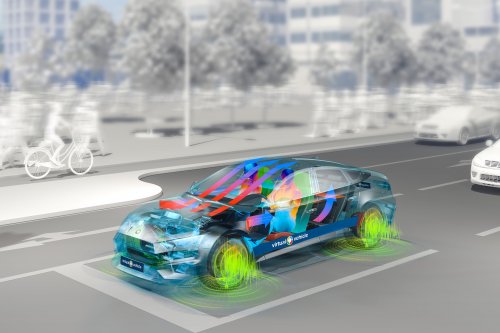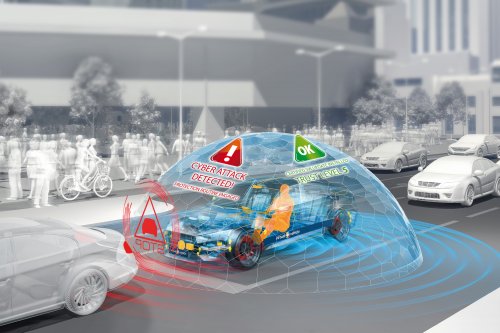VIRTUAL VEHICLE – Enabling Future Vehicle Technologies
With over 300 employees, Virtual Vehicle Research GmbH is Europe's largest research center
for virtual vehicle development in the rail- and automotive sectors targeting interdisciplinary
cutting-edge research for climate-neutral mobility while successfully transferring its methods
and tools to other domains as well.
With its focus on industry-related research, VIRTUAL VEHICLE is an innovation catalyst for
future vehicle technologies in the era of digitalization and mobility transition securing
sustainable competitive advantages for its research partners.
VIRTUAL VEHICLE cooperates with around 100 national and international industrial
partners (OEMs, tier-1 and tier-2 suppliers and software providers). Partnerships with around
50 scientific institutions form a solid basis for driving innovations for vehicle technologies of
the future. VIRTUAL VEHICLE is Austria’s largest COMET funded research center and is
also active in 35+ EU-projects. In addition, VIRTUAL VEHICLE offers a broad portfolio of
contract research for the vehicle development.
Our Fields of Expertise:
• Reliable System Simulation
Over nearly two decades, VIRTUAL VEHICLE has played a pivotal role in advancing
industries by fostering the creation of superior, safer, and economically efficient products.
This has been made possible through the establishment of cutting-edge technology for system
simulation and the acquisition of key international patents. The applications of these
advancements are diverse, serving to streamline setup and configuration processes among
other benefits.
• Virtual Validation
Safety validation is crucial in automotive and railway development. However, traditional
physical testing faces limitations in terms of cost, time, and scalability. At VIRTUAL
VEHICLE, we’re advancing technology to transition testing scenarios into virtual reality. By
leveraging reality-based simulations, we’re enhancing safety standards and enabling virtual
homologation.
• Continuous Integration
Common test methods include model, software, or hardware-in-the-loop systems, which are
integrated for cost-effective testing. This integration generates test and simulation subsystems
that require seamless data exchange. Ideally, test cases are supplied, parameterized, executed,
analyzed, and reported, which emphasizing the importance of continuous data integration
throughout the process.


